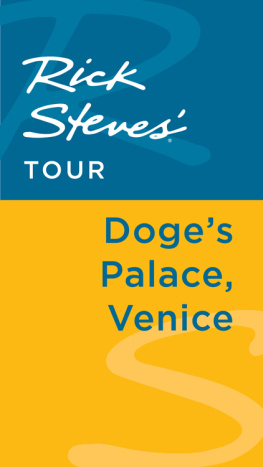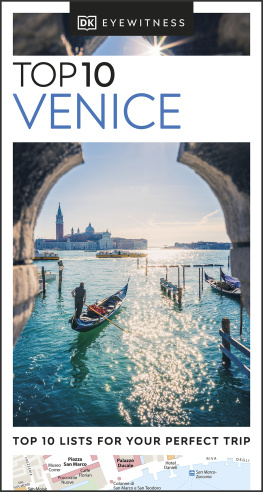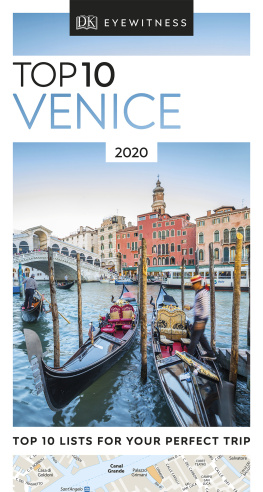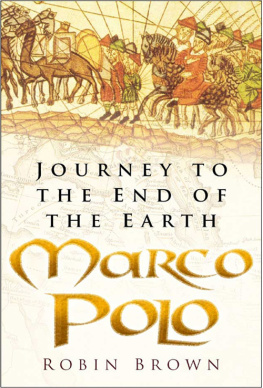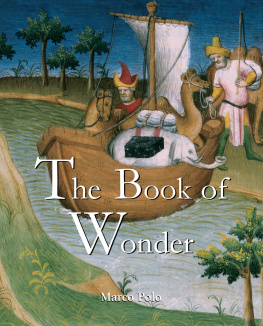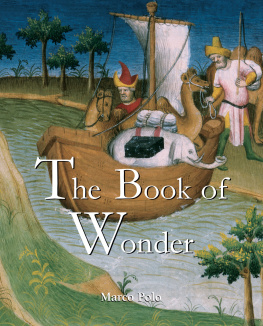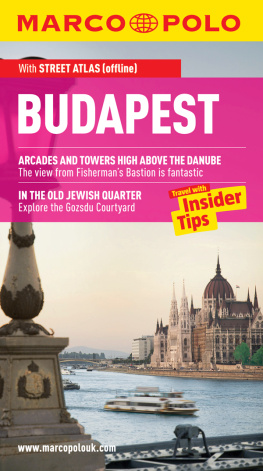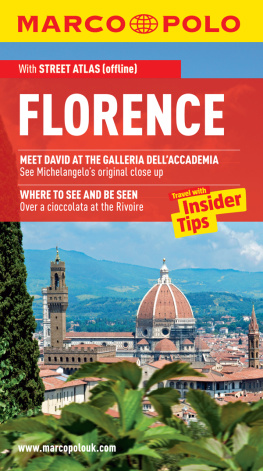PIAZZA SAN MARCO
IAIN FENLON has a chair in the history of music at Cambridge where he is a Fellow of Kings College. He has taught widely in Europe and the United States.
ALSO BY IAIN FENLON
The Ceremonial City: History, Memory and Myth in Renaissance Venice Music and Culture in Late Renaissance Italy
WONDERS OF THE WORLD
PIAZZA SAN MARCO
IAIN FENLON

First published in Great Britain in 2009 by
Profile Books Ltd
3A Exmouth House
Pine Street
Exmouth Market
London ECIR OJH
www.profilebooks.com
This eBook edition published in 2010
Copyright Iain Fenlon, 2009, 2010
The moral right of the author has been asserted.
Typeset by MacGuru Ltd
info@macguru.org.uk
Designed by Peter Campbell
This eBook is copyright material and must not be copied, reproduced, transferred, distributed, leased, licensed or publicly performed or used in any way except as specifically permitted in writing by the publishers, as allowed under the terms and conditions under which it was purchased or as strictly permitted by applicable copyright law. Any unauthorised distribution or use of this text may be a direct infringement of the authors and publishers rights and those responsible may be liable in law accordingly.
A CIP catalogue record for this book is available from the British Library.
eISBN 978 1 84765 197 6
CONTENTS
For Maria-Jos


CHRONOLOGY
| Establishment of the episcopal see of Olivolo. |
| Pepin, son of the Emperor Charlemagne, unsuccessfully lays siege to Venice. |
| Construction of the first church of San Marco. |
1063 | Building of the current Basilica, consecrated in 1094, begins. |
1084 | Bull of Alexius Comnenus. Venice becomes an independent state. |
1177 | The Alexandrine Donation. Pope Alexander III presents the trionfi to Doge Sebastiano Venier in acknowledgement of his role in securing peace between the Pope and Emperor Federico Barbarossa. |
1204 | Fall of Constantinople during the Fourth Crusade. Crete becomes a Venetian colony. |
1310 | Failed coup of disaffected patricians. |
1354 | Execution of Doge Marino Falier. |
137881 | War of Chioggia. Venice is confronted by a coalition led by Genoa, its principal maritime rival. |
1489 | Cyprus ceded to Venice by Caterina Cornaro. |
14981503 | War against the Turks. |
150817 | War of the League of Cambrai. Venetian territory invaded by France and the Empire. Venetian forces defeated at the battle of Agnadello (1509). |
157073 | War of Cyprus between the Holy League (consisting principally of Venice, the Papacy and the Empire) and the Ottoman Empire. Venetians lose Cyprus permanently. |
1571 | Victory of the Holy League over the Turks at the battle of Lepanto. |
16067 | The Interdict. The Republic and its citizens excommunicated by Pope Paul V. |
164569 | War of Candia (Crete) between Venice and her allies and the Ottoman Empire. Crete lost. |
168499 | First Morean War, fought to avenge the loss of Crete. Venice gains possessions in Morea (Peloponnese). |
171418 | Second Morean War between Venice and the Ottoman Empire. Venetian possessions in Morea lost. |
1797 | Napoleon enters Venice, and subsequently cedes Venetia to the Hapsburg Empire. End of the Republic. |
1806 | Napoleon annexes Venetia to the Kingdom of Italy, together with Istria and Dalmatia. |
181314 | Invasion of Venetia and the re-establishment of Austrian rule. |
1815 | Formal creation of the Kingdom of LombardyVenetia. |
18489 | Unsuccessful revolt of the Venetian patriots, led by Daniele Manin, against Austrian rule. |
1866 | End of Austrian rule. Venice is joined to the Kingdom of Italy. |
INTRODUCTION
Thank God I am here! It is the Paradise of Cities.
John Ruskin, Diaries
The Piazza San Marco is the most famous and most instantly recognisable townscape in the West, if not the world. Artists have painted it, travellers have described it, poets have grown lyrical over it and architectural historians have established its evolution from a medieval field ringed by buildings to the heroic space that we know today. Although there are few books devoted exclusively to the square and its history, there are many which touch upon it in some way or other. What follows is different from most of the existing literature in that it attempts to consider the Piazza as a coherent whole, a vibrant and constantly changing public space that is related both dynamically and organically to the buildings which frame it. In this important sense the Ducal Palace, the Basilica, the Campanile (bell tower) and the other buildings with which we are so familiar not so much frame the square but are situated within it.
Understanding the Piazza in all its dimensions, social and anthropological as well as historical and architectural, is inevitably compromised if this ensemble is divided (as is the wont of most histories and guidebooks) into a series of individual structures, each marvellous in its own right but also functionally separate. By relating the buildings both to each other and to the space of which they form a part, a different narrative emerges in which the square evolves as the cultural and political centre of Venice itself, the ultimate Piazza located at the centre of a once-great empire. A particular feature of this story, conceived as a sequence of narrative moments, is to put back the sound whether the shouts of market traders or the singing of the choir of the Basilica into the square, to bring it back to life as the focal point of the life of the city and its inhabitants. Considered as the site of everyday activities as well as a theatrical arena for the staging of the great civic and religious ceremonies of the Republic, the Piazza takes on a richer set of meanings beyond those of an inanimate, frozen architectural ensemble.
The starting point is the patron saint of Venice, Saint Mark the Evangelist. At its eastern end, the square is dominated by the Basilica dedicated to him, begun in 1063 and finally consecrated thirty years later. Embellishment with marble and mosaics, both internally and externally, continued long after this date, famously so in the case of the faade, which in its current over-restored condition is substantially a nineteenth-century creation. Many details of the external decoration, including sculptured panels, columns of marble and porphyry, and figured reliefs, came from the shiploads of loot shipped to Venice during the Fourth Crusade of 11991204. Most spectacular of all are the famous four bronze horses (now replaced by copies) displayed on eight short columns of white marble and four of porphyry, raised triumphantly on the loggia above the central portal of the Basilica, dramatically set against the dark central window. This prominent placing was the result of a political decision designed to emphasise not merely their beauty, but also their status as quite exceptional spoils of war, symbols of Venices newly formulated imperial mission and of its recent status as a major commercial power at the beginning of the thirteenth century.
Next page

